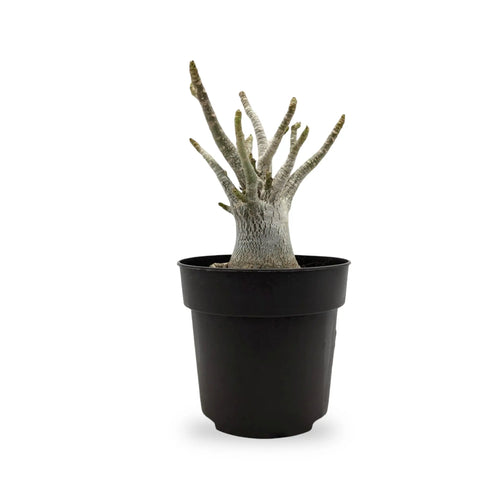History of the Philodendron Plant
Philodendrons originated in the tropical regions of the Americas and West Indies. The name “Philodendron” comes from the Greek words for “tree loving” due to their ability to thrive high up in rainforest canopies. There are over 400 species of Philodendron worldwide. They were first brought to Europe in the 1600s where Victorian-era plant lovers prized them for their lush-leaved beauty. Philodendrons became a popular houseplant in the 1970s thanks to their adaptability to thrive indoors.
How to Care for Philodendron Plants
Caring for a Philodendron houseplant is quite straightforward. They adapt readily to indoor environments. Ideal growing conditions include:
- Warm temperatures between 15-25°C
- Medium to bright indirect light
- Letting the top 1-2 inches of soil dry between waterings
- High humidity - regular misting helps mimic tropical environments
- Loose, well-draining potting mix (see Soil Ninja mix here)
- Fertilizing monthly during spring and summer
Keeping Philodendrons happy indoors ensures fast growth and fewer pest or disease issues.
How Philodendron Plants Grow
Philodendrons can grow as vines or shrubs. Most indoor varieties grow as vines that climb upward using aerial roots that grow from the stems and cling to surfaces. P. hederaceum, the classic heartleaf Philodendron, can reach up to 4 feet long indoors. Fast-growing varieties like P. bipinnatifidum, the selloum Philodendron, can reach 15 feet tall. With the right support and optimal growing conditions, Philodendrons can grow up to a foot per year and develop leaves up to 3 feet wide on mature plants.
Why the Philodendron Plant is Popular in the UK
The Philodendron’s tropical look, graceful climbing growth habit, and air-purifying abilities make it a beloved houseplant. Features that contribute to its popularity include:
- Lush, showy leaves in a range of shapes like heart-shaped, ruffled, or deeply lobed
- Versatile growth as a vine or compact shrub
- Trailing or climbing abilities for hanging baskets or pole supports
- Easy propagation from stem cuttings in water
- Tolerant of a range of light and humidity
- Effective removal of indoor air pollutants like formaldehyde
Available in many beautiful and collectible cultivars
Pests That Bother Philodendron Plants
Though generally pest-resistant, Philodendrons can be affected by common household plant pests such as:
- Mealybugs: Cottony insects that feed on sap and leave a sticky residue
- Aphids: Small soft-bodied insects that cluster on new growth
- Thrips: Tiny black or yellow bugs that rasp and distort leaves
- Scale: Flat, rounded insects that adhere to stems and leaves
- Spider mites: Tiny red spiders that form webs and speckle foliage
Diseases of Philodendron Plants
Like all house plants, overwatering is the most common cause of disease issues with Philodendrons. They can also suffer with stem and root rot when waterlogged stems turn black and mushy
Fungal leaf spot is not uncommon either and another downside to over watering. You may see round black or brown spots develop, often with yellow halos and this can be resolved with improve drainage and only water when the top couple inches of soil become dry to prevent disease. If you do have any effected leaves or stems cut them off asap as they will not recover.
Summary
With its lush tropical foliage and vining growth habit, the popular Philodendron plant thrives as an indoor plant that can help purify indoor air. Providing the right amounts of warmth, light, and water keeps these beauties growing vigorously. Avoiding overwatering wards off most pest and disease issues. With proper care, Philodendrons offer low maintenance and graceful appeal.








